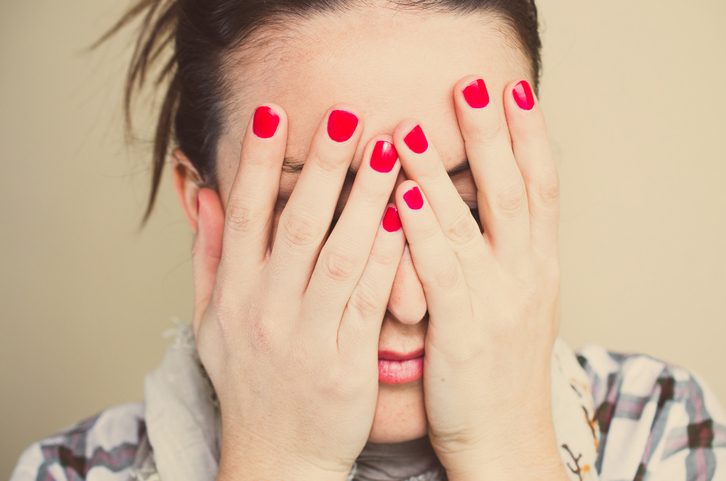In a recent article from The New York Times, Leonard Sax, M.D., PH.D., posits why it is that anxiety is present in young girls in much higher numbers than it is in boys.
Sax focuses on the numerous social reasons that could potentially trigger anxiety in girls. These include the fact that during adolescence girls tend to become dissatisfied with their bodies while boys become more satisfied with their own, and that girls’ social media posts focus on physical appearance, while boys are more likely to post about things they’ve done.
One thing that Sax does not include in his analysis is the reason why girls are more likely to focus on their appearances. Is it because they’re predisposed to be more interested in how they look than boys are? Or is it the more likely reason: that girls act that way because of larger societal trends that center a women’s value in how she presents her body.
There have been countless studies that all point to a conclusion you can also make by simply flipping through a magazine or watching popular TV: the media puts women’s bodies front and center, while underplaying their other attributes. And, if teenage girls are observing this, then they’re going to act accordingly. If girls are told that their most valuable quality is their appearance, then that’s how they will value themselves.
Sax gives suggestions for how parents can help their teenage daughters, such as dedicated face-to-face time at dinner. He suggests that parents should encourage their daughters not to spend time alone in their rooms, time during which he believes girls are trying to win at a social media appearance game that is impossible to win.
These are all fair suggestions… as long as we are resigning ourselves to the fact that teenage girls of the past, present, future will forever be judged by unfair standards, and should just fight the natural impulse to fit those standards. And Sax does seem to be resigned: “Parents can’t easily change any of those factors [the fact that girls are more likely to focus on appearances]. You can’t easily get a girl to be less concerned about her looks; or to overestimate how interesting her own life is.” But, is that really true?
Sax seems a little too quick to shrug his shoulders and write off these inequities as inevitabilities. But, maybe we can. It makes sense that something as fleeting and uncontrollable as meeting standards of beauty would trigger anxiety for girls. But, instead of finding ways to work around girls’ desire for attention based on looks, maybe we can work to place less value on that attention to begin with. If we want girls to experience less anxiety, maybe we should focus less on fixing the girls and more on fixing the world they live in.




comments